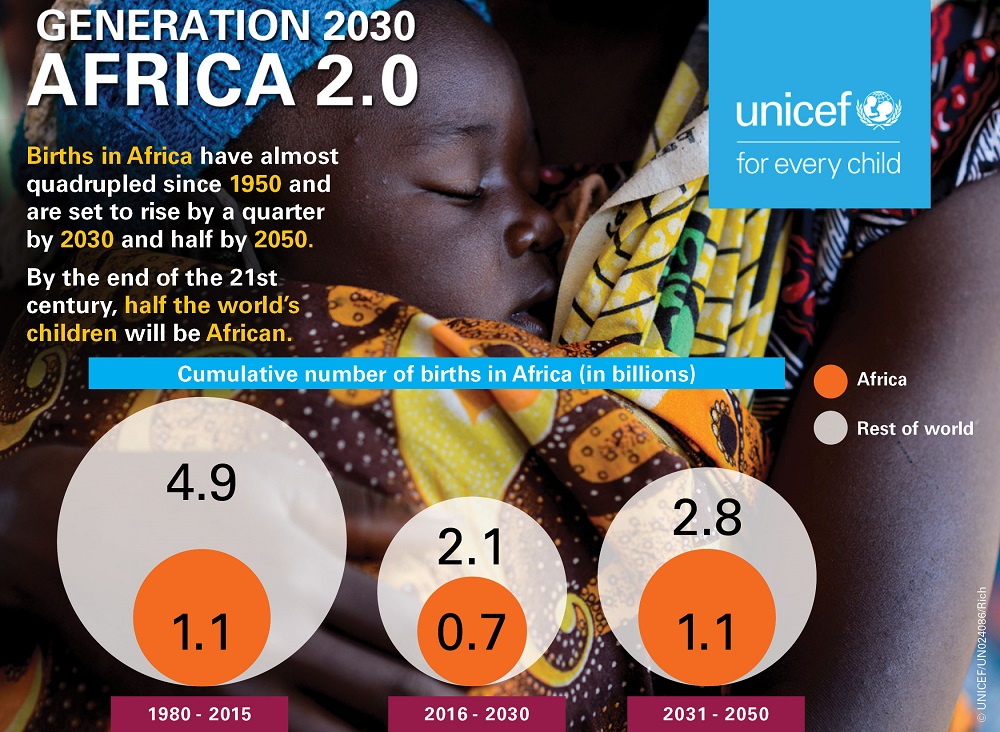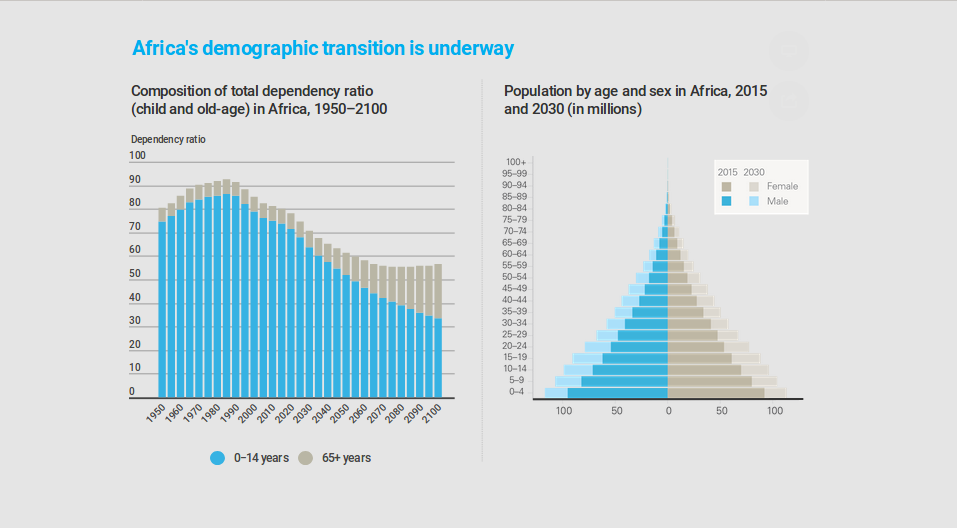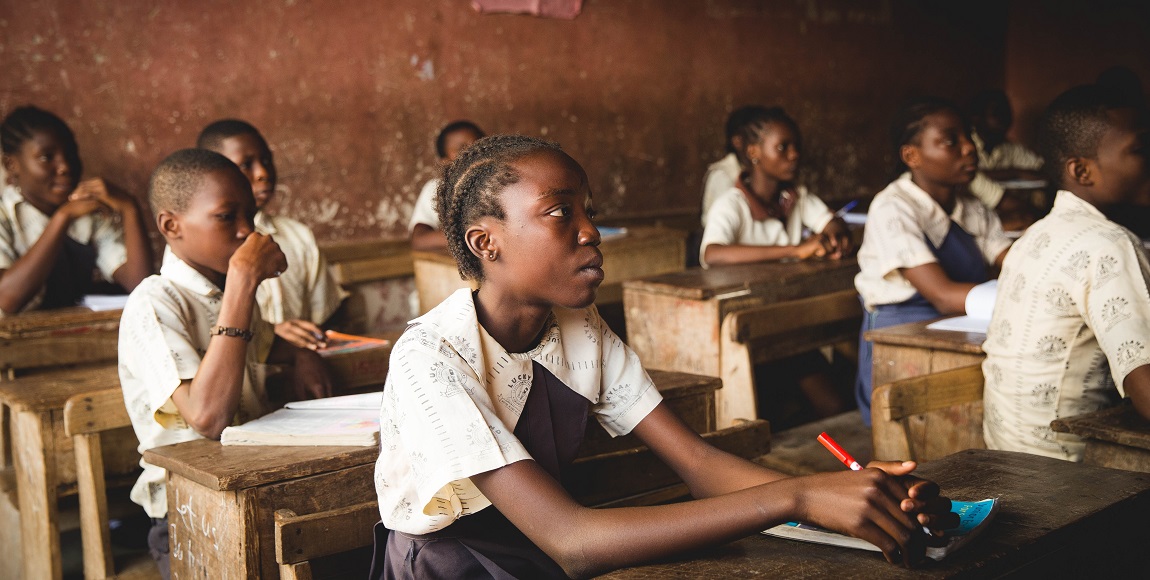The year 2030 marks when Africa could become the economic and social powerhouse we’ve always imagined it could be, or slip past the point of no return.
There is a fast-approaching stage of development, known as the demographic dividend, will be a boon to the growth of Africa. The African Union, aware of the importance of this stage, made 2017 the year of harnessing the demographic dividend.
A demographic dividend comes about when the mortality and fertility rates decline. With people having less children each year, the dependent population grows smaller. “This is a period when the dividend can materialise,†said Unicef’s Generation 2030 Africa 2.0 report. This report maps out Africa’s population transition and the implications of this change.
Most African countries will, in 13 years’ time, reach a pivotal point in population growth, where there will be more young adults than the elderly. The Generation 2030 report projects Africa’s child population to be at 750 million by 2030, and will make up 40% of the world’s child population. Harnessing the potential that comes with having a youthful population is what will get us a demographic dividend, when economic growth comes from having a larger working-age population.

The author of the report, David Anthony, described the demographic dividend moment as when you no longer have to share a room with your siblings. You now have the space, time, and money to change your room and move things around.
If there is a smaller dependent population, it means more disposable income, which means more consumption and in capitalism that translates to economic growth and prosperity. If the new majority working age population is healthy, educated, empowered, and protected, Africa’s growth can reach percentages higher than before.

The next phase is the early dividend stage. There are 14 African countries currently experiencing this stage, one of which is South Africa. This phase begins when there is a steady reduction in birth rates – less than four birth per woman in 2015 – and a relative increase in working age population.
The late dividend phase is when there is still a large share of working age population but the share is in decline. Mauritius, Morocco, Seychelles, and Tunisia are in this phase, reaping the benefits of its first demographic dividend.
The last dividend phase is known as the post dividend phase and there are currently no African countries in this phase. These countries have had low fertility rates since 1985, a diminished working age population, and a growing elderly population. Hong Kong, South Korea, and famously Japan are among the countries in the late dividend phase. Demographics can no longer increase economic growth.
To reap the benefits of this approaching boom in workforce and independence, governments need to invest in key areas that would ensure a healthy, educated, and protected working population.
South Africa is already in the early stages of this golden era of potential prosperity and if this potential isn’t harnessed, we will have a social and economic disaster. Higher levels of unskilled and uneducated potential workforce, increased dependency on the state and foreign aid, declining economic growth, increased conflict, and migration to more economically prosperous regions. This is what will happen to Africa if investment isn’t directed towards building a solid foundation that considers demographic transitions and includes the youth in its development agenda.









